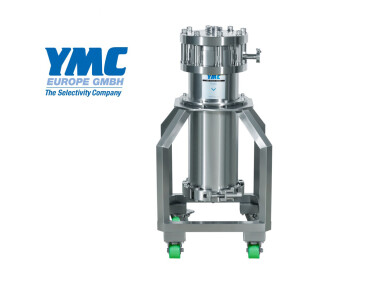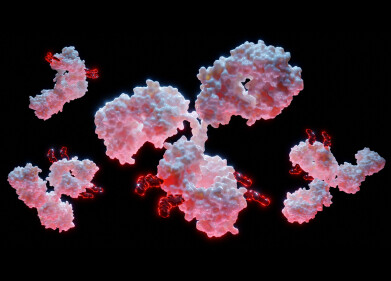Columns (LC)
3D Printing Opens New Possibilities in Producing Chromatography Columns
May 16 2023
Over the past few years, 3D printing has revolutionised the manufacturing industry by allowing the creation of complex structures with unprecedented precision and speed. In recent times, this technology has found its way into the world of chromatography columns. A traditional chromatography column is typically made of glass or stainless steel and is costly to manufacture. However, the use of 3D printing technology has opened up new possibilities for the production of chromatography columns at a lower cost.
The use of 3D-printed chromatography columns has several advantages over traditional columns. Firstly, 3D printing allows for the creation of complex geometries, which can enhance the separation efficiency of the column. This is because the surface area of the column can be increased, leading to higher resolution and sensitivity. Additionally, 3D printing enables the creation of columns with tailored surface chemistries, allowing researchers to select materials with specific properties that can help them achieve better separation of complex mixtures.
Another advantage of 3D printing technology in chromatography is the flexibility it provides in terms of column size and shape. Traditionally, columns are produced in limited sizes, and researchers often need to use multiple columns to achieve the desired separation. However, with 3D printing, the size and shape of the column can be customised, enabling researchers to produce columns that meet their specific requirements. This flexibility can save time and resources, allowing researchers to achieve the separation they need more efficiently.
Despite the many advantages of 3D-printed chromatography columns, there are also some potential drawbacks. One of the most significant concerns is the durability of the columns. While 3D printing allows for the creation of complex structures, the materials used may not be as durable as those used in traditional columns. This could limit the lifespan of the column and increase the cost of replacing it. Another potential issue is the consistency of the columns. While traditional columns are manufactured to strict specifications, the variability of 3D printing could lead to inconsistencies in the separation performance of the columns.
The use of 3D-printed chromatography columns is an exciting development in the field of analytical chemistry. This technology has the potential to revolutionise the production of chromatography columns, offering researchers greater flexibility in terms of size and shape, as well as the ability to create complex geometries and tailored surface chemistries. However, it is essential to address concerns around the durability and consistency of these columns to ensure their widespread adoption. Overall, 3D printing represents a promising avenue for the development of more efficient and cost-effective chromatography columns.
Events
Apr 22 2025 Kintex, South Korea
Analytica Anacon India & IndiaLabExpo
Apr 23 2025 Mumbai, India
Apr 27 2025 Portland, OR, USA
May 11 2025 Vienna, Austria
May 18 2025 Tempe. AZ, USA














